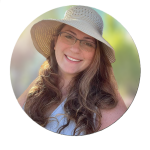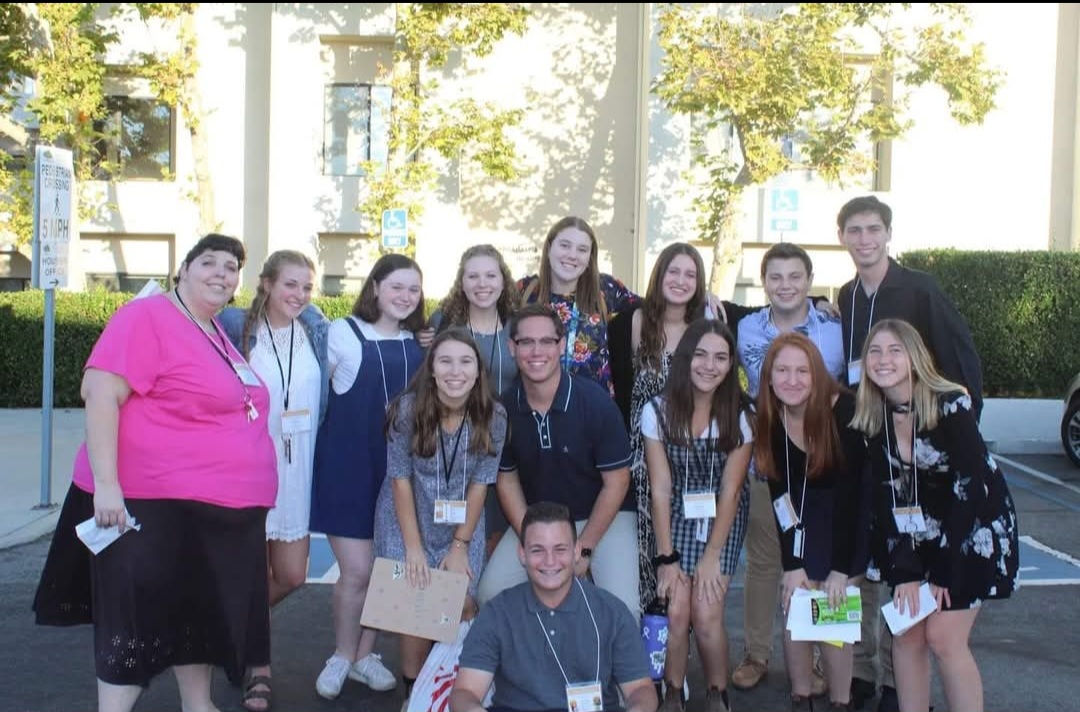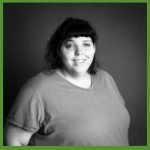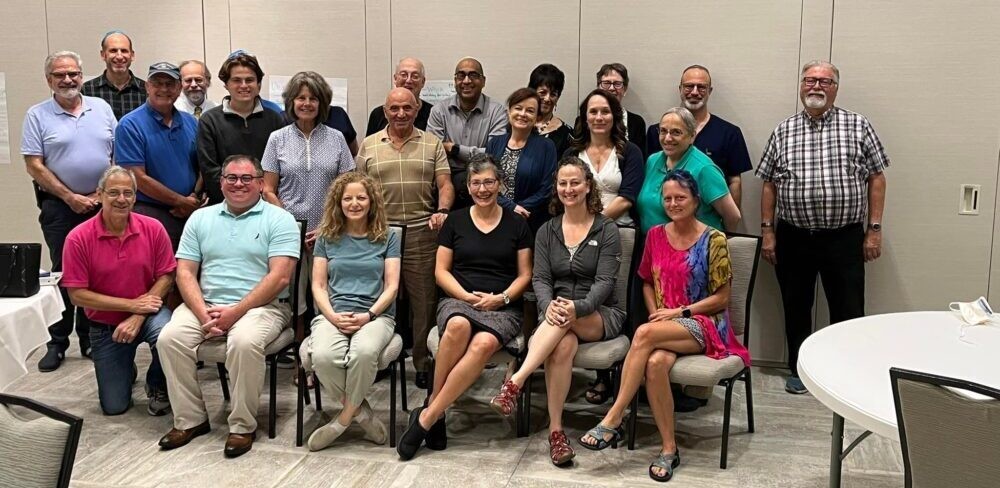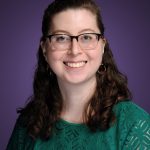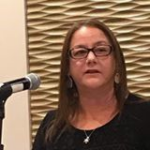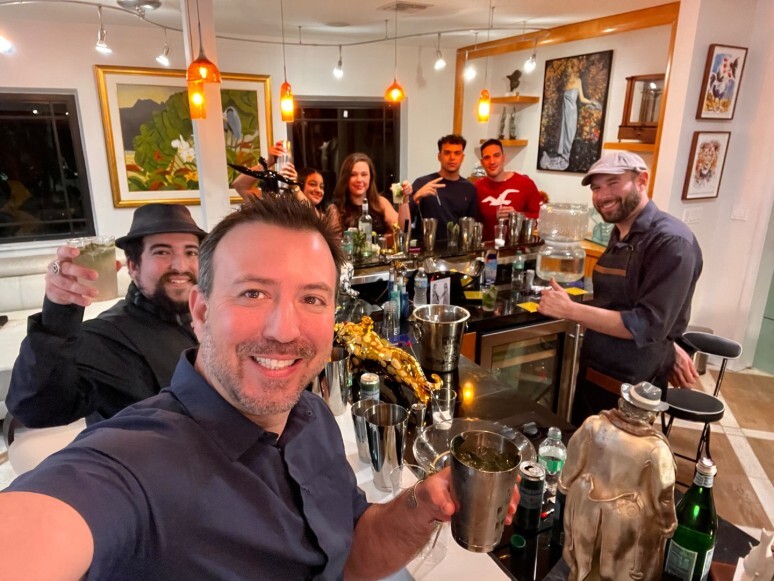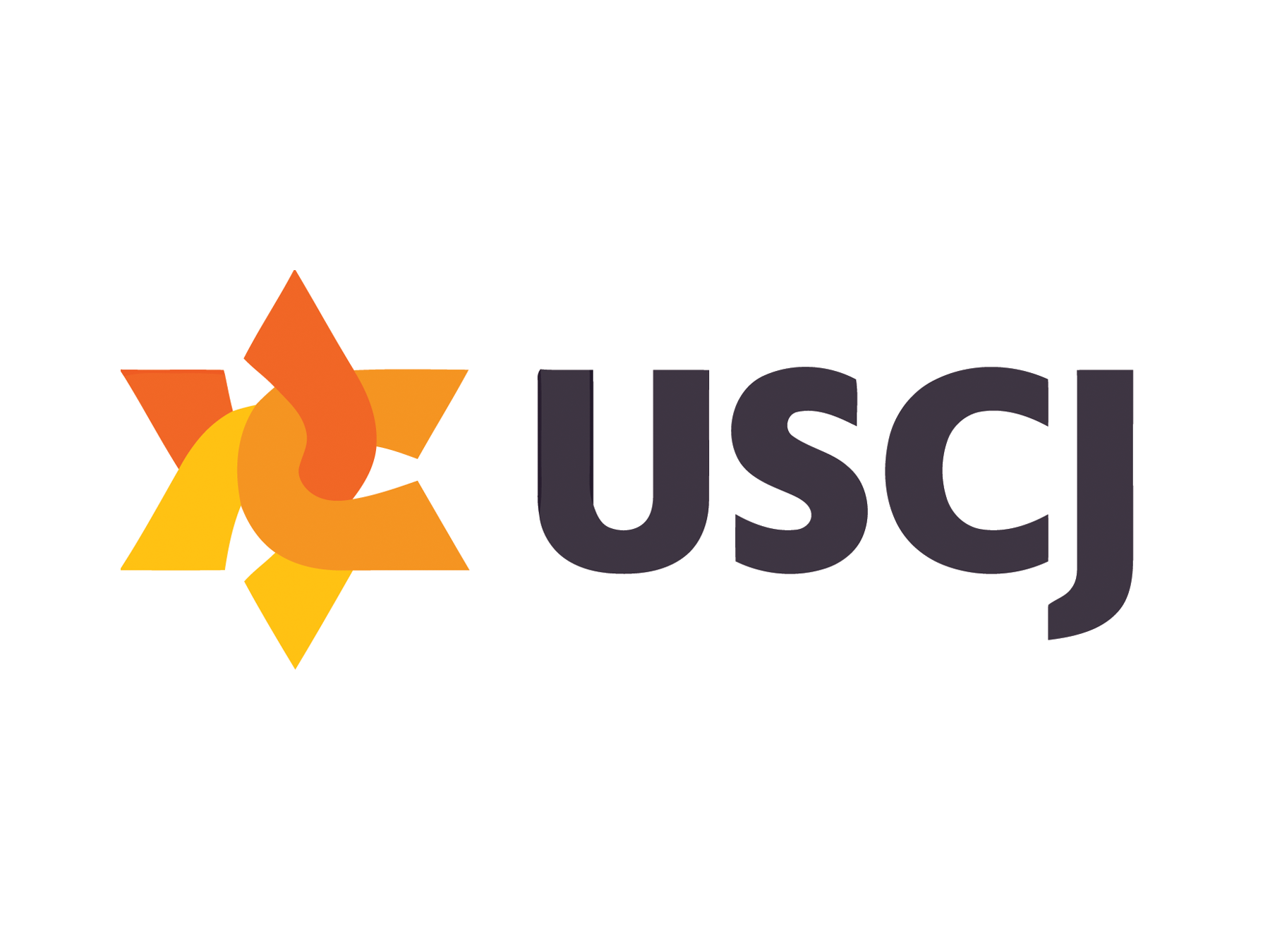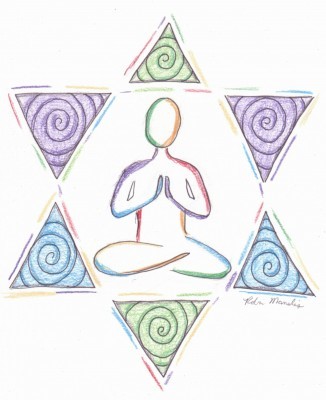
It’s the second Shabbat of the month, and at Congregation Beth David in Saratoga, California, that means it’s Shabbat Yoga. At 9:30 a.m., Rabbi Laurie Matzkin teaches a class that mixes Jewish learning with guided meditation, breath work and asana practice.
Shabbat Yoga is one of the four classes in Congregation Beth David’s program Netivot Haneshamah, or Pathways to the Soul. Its success earned a 2015 USCJ Solomon Schechter Award for Innovation and Impact.
Give people more reasons to come, more ways to participate.
David Fishman, who was Ritual Vice President when Netivot Haneshamah ramped up over the last three-to-four years, explains that the program grew out of the insight that people generally do like to come to synagogue on Shabbat, but feel limited in what they can do there.
“It’s always been, ‘come to shul and daven or don’t come,’” he says. “What if there were more options?” The answer, Netivot Haneshamah, consists of four classes, each given once a month on a regular rotating schedule, at the same time as regular Shabbat morning services in the sanctuary.
Shabbat Yoga shares the second Shabbat of the month with a Russian language Exploration of Shabbat Prayer & Study. Scheduled at different times during services, both classes bring people to shul who otherwise might not come regularly, if at all.
On the first Shabbat of every month, Congregation Beth David offers Mindfulness and Meditation Through the Hasidic Lens. This class uses Hasidic insight to help participants “find personal meaning in Jewish prayer.”
And on the last Shabbat of the month, there’s a mini exodus from the sanctuary as people head to the library for Approachable Torah. Congregants sit at a table, not in a classroom, and discuss ways to find meaning for everyday life in the day’s Torah portion.
“We’re fortunate to have a very deep bench of community rabbis to hold all these classes,” David says.
Rosh Hashanah and Yom Kippur become smorgasbords of learning.
For the High Holidays, Netivot Haneshamah becomes Netivot Hatehsuvah, Pathways of Repentance.
With roughly four classes each on Rosh Hashanah and Yom Kippur, the program creates the feeling of a Silicon Valley user’s conference, says David, allowing congregants to choose from multiple paths. Davening proceeds in two minyanim while classes serve as “breakout sessions.”
People, if they choose, can leave the sanctuary to discuss “Today’s the World’s Birthday: how will you celebrate?” There’s also a class in Russian that covers the breadth of the Mahzor liturgy, taught by Russian-Israeli Rabbi Ilana Balrd. And a class called, “If Teshuvah is the answer, what is the question?”
“We want people to realize that ritual obligation doesn’t have to be the main focus of coming to shul. You can come to connect with other people, to learn and be part of the community.”
New friendships and deeper connections grow out of the program.
Netivot Haneshamah, according to David, has demonstrated that “people really like to have this kind of social and intellectual engagement with their friends and other members of the congregation.”
They’re getting to know each other. They’re making friends with folks they may have only seen in passing. David hears of congregants who say, “I had lunch with them. I never really knew anything about them before.”
David admits that inviting people to walk out during davening was a bit difficult for many members. “Even in Silicon Valley, where the worst thing you can say is ‘we’ve always done it that way,’ that’s what many congregants expressed.”
But Rabbi Philip Ohriner, who helped introduce the program and, until recently, was Beth David’s Senior Rabbi, was quick to tell skeptical congregants that he disagreed. “I am not going to dictate to people when they should and should not be here. I want us to maintain an open mind about what the options are. People should come because they want to.”
And that is exactly what Netivot Haneshamah has achieved.

